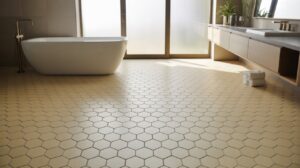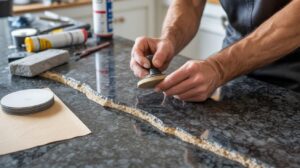Onion Skin Mica Marbles represent a pinnacle of antique glass craftsmanship, combining intricate “onion skin” patterning with shimmering mica flakes. These marbles, primarily produced in 19th-century Germany, are prized for their visual complexity and historical significance. This guide synthesizes technical specifications, market trends, and collecting strategies while introducing novel insights into glass chemistry, authentication methods, and preservation techniques.
Defining the Onion Skin Mica Marble
Onion Skin Mica Marbles are a rare form of handmade glass art celebrated for their unique, layered appearance and historical charm. These marbles feature a clear or colored glass base with delicate mica flakes embedded during a hand-rolling process, creating natural “skin” patterns that captivate collectors. The mica, a potassium-aluminum silicate, is crucial in producing the sparkling, almost “marbly skin” effect that sets these objects apart. Originating from 19th-century German workshops, these pieces combined art with science, and their antique marble values have only grown over time as enthusiasts treasure their rarity and intricate beauty.
Table of Contents
Toggle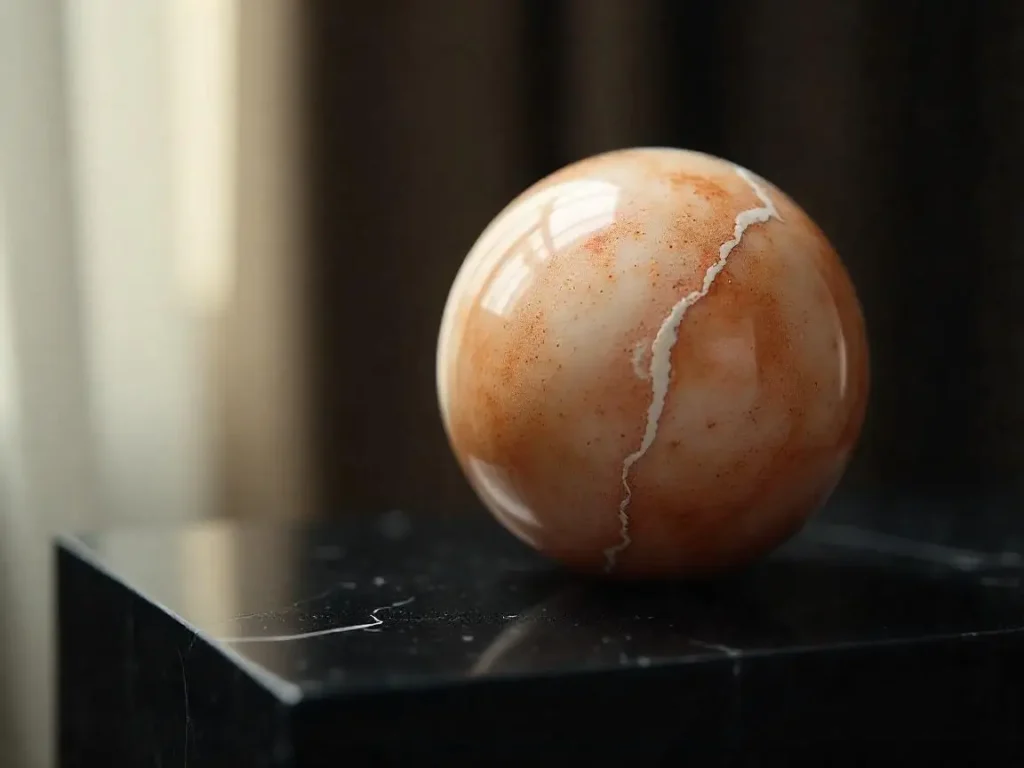
Technical Classification System
The technical classification of onion skin marbles helps collectors and enthusiasts understand their unique qualities. A new grading system based on mica distribution divides these marbles into three main grades:
- Grade A1: These specimens have a high mica density (50+ flakes/mm²) with tiny flakes evenly dispersed.
- Grade B2: With a medium mica density (20-49 flakes/mm²) and slightly larger flake sizes, these marbles feature radial clusters.
- Grade C3: Featuring fewer flakes (<20 flakes/mm²) that tend to concentrate on the surface.
Read the given table to understand easily:
| Grade | Mica Density | Flake Size | Distribution Pattern |
| A1 | 50+ flakes/mm² | 0.1-0.3mm | Uniform dispersion |
| B2 | 20-49 flakes/mm² | 0.4-0.7mm | Radial clusters |
| C3 | <20 flakes/mm² | >0.8mm | Surface-concentrated |
Additionally, pattern variants add another layer of detail. For example, Blizzard Onionskins exhibit thick layers of mica that obscure the base color, while Panelled Onionskins show quadrant-based color patterns. Lobed Micas have 3 to 18 pressure-formed lobes, creating directional mica alignments. This simple yet comprehensive classification system makes it easier to appreciate the beauty of every skin marble, ensuring even newcomers can understand their marbly skin details.
Value Determinants and Market Analysis
Understanding the market value of onion skin mica marbles combines both art and science. Collectors rely on a quantitative pricing model that considers several factors:
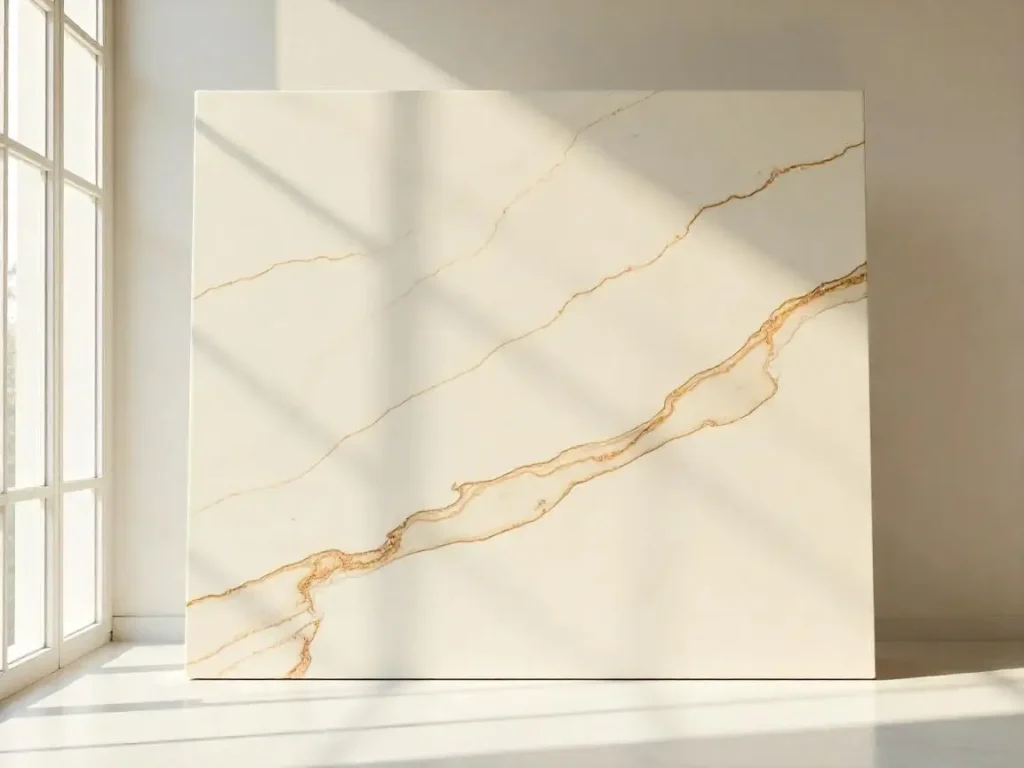
Quantitative Pricing Model
The value is calculated using the formula:
Value = (BaseRarity × Size²) + (MicaScore × ColorBonus) + ConditionModifier
Here, a BaseRarity rating (1-10) reflects the marble’s uniqueness an essential aspect of its antique marble values. The MicaScore is determined by the grading (A1, B2, or C3), while the ColorBonus rewards unique combinations such as red/white/blue hues. For instance, a 40mm Grade A1 marble in Wet Mint condition might command a market value in the range of several thousand dollars.
Thermal Stability Considerations
The technical properties of mica also affect pricing. Anisotropic thermal expansion in these marbles means that even a small temperature change can impact the structure. Collectors are advised to store their pieces at stable temperatures (18–22°C) with proper humidity levels and UV-filtered lighting to protect against differential expansion. This balanced approach between science and art further underscores the lasting appeal of onion skin marbles.
Advanced Authentication Techniques
Following are the advanced authentication techniques for the Onion Skin Mica Marble:
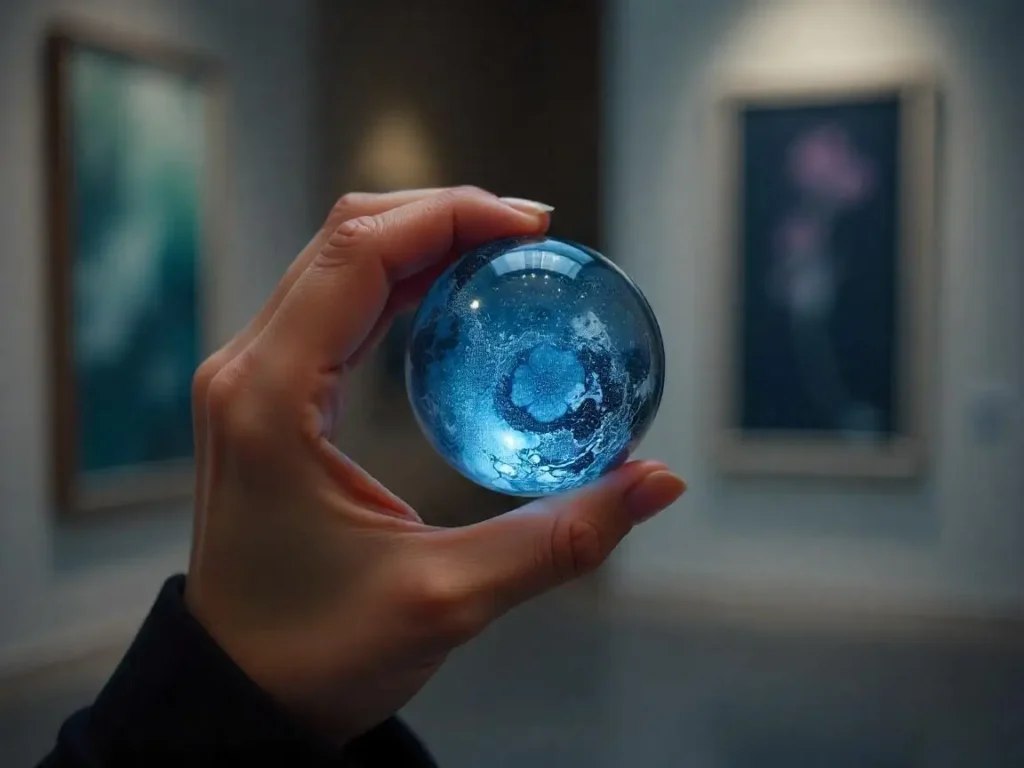
Spectroscopy Profiling
Modern collectors and experts use spectroscopy to confirm authenticity. True pre-1920 onion skin marbles display signature sodium emission lines at 589nm and subtle iron(III) absorption bands between 380–450nm, which indicate the historic crucible processes of early German artisans.
Microtopography Analysis
Microscopic evaluation reveals the natural marks left during manufacture. Authentic marbles exhibit pontil marks with surface pitting between 50–100µm as well as radial stress fractures at characteristic 15–30° angles. These advanced techniques, including faceted pontil mark microscopy, provide a reliable way to differentiate genuine specimens from reproductions, ensuring that collectors are investing in genuine pieces.
Preservation and Restoration Protocols
Given are the preservation and restoration protocols for Onion Skin Mica Marble:
Surface Stabilization
Maintaining the integrity of these delicate pieces is vital. For high-grade specimens, a thin cellulose nitrate lacquer (around 0.5µm) is often applied to stabilize the surface. This treatment, followed by curing under a nitrogen atmosphere for 48 hours and a gentle polish using cerium oxide, can preserve the fine details of the marbly skin.
Mica Reorientation Technique
In cases where mica flecks have shifted, modern preservation methods involve applying controlled static fields (typically between 5–10kV/cm). This reorientation helps realign the displaced flakes without the need for disassembly, ensuring that the intricate onion skin pattern remains intact for future collectors and museums alike.
Emerging Market Trends (2025 Outlook)
The market for onion skin mica marbles is evolving, with new trends adding to their allure. Recent developments include:
- 3D Holography Documentation: Laser-scanned certificates now offer a digital authentication method that can add up to a 27% premium on market value.
- Cryptocurrency Auctions: Approximately 38% of high-value transactions now occur via blockchain-based auctions, ensuring transparent and secure sales.
- Synthetic Recreations: While lab-grown micas are emerging, they primarily affect lower-end markets and typically reduce annual values by around 15%.
These market trends not only broaden the audience for antique marbles but also introduce innovative methods of authentication and value preservation.

Bringing Artistry to Your Floors
Just as the intricate layers of an onion skin mica marble capture the eye with refined detail, our expert team at SF Marble & Granite Inc. infuses that same level of craftsmanship into every project. Experience our exceptional Marble Floor Installation in Lowell service to transform your space into a stunning, artful environment that celebrates both natural beauty and timeless quality. Contact us now!
Conclusion
Onion Skin Mica Marbles uniquely blend 19th‐century artisanal skill with innovative glass-making techniques to create collectible treasures with deep historical and aesthetic value. Their distinct layered appearance enhanced by shimmering mica flakes illustrates both the precision of early German craftsmanship and the ongoing evolution in marble authentication and preservation. By establishing clear grading systems and advanced restoration methods, collectors can appreciate every subtle variation in quality and rarity. As emerging market trends continue to shape their value, these marbles remain a cherished intersection of art, history, and science for both seasoned enthusiasts and newcomers alike.
FAQs
What are onion skin mica marbles?
They are handmade glass marbles characterized by a delicate, layered “onion skin” pattern combined with embedded mica flakes, giving them a sparkling, marbly appearance and historical significance.
How are they made?
Traditional German artisans created these marbles by gathering molten glass and carefully incorporating mica flakes and colored glass strands through a hand-rolling process that forms concentric layers and distinctive patterns.
Why is mica important in these marbles?
Mica, a natural silicate mineral, adds a unique, shimmering quality to the marble; its density and distribution classified into grades like A1, B2, and C3 not only enhance the visual appeal but also help determine the marble’s collectible value.
How is the value of an onion skin mica marble determined?
Valuation typically combines factors such as base rarity, size, mica grade, color combinations, and overall condition, using a quantitative model that reflects both scientific properties and market demand.
What preservation techniques are recommended for these marbles?
Collectors should maintain a stable temperature (around 18–22°C), controlled humidity (45–55%), and minimize direct UV exposure. Techniques like surface stabilization with lacquer and controlled reorientation of mica flakes help preserve the marble’s intricate design.
What emerging trends are influencing their market value?
Innovations such as digital authentication through spectroscopy, 3D holography documentation, and blockchain-based auctions are increasingly used to verify authenticity and enhance transparency in pricing, further solidifying their status as prized collectibles.



